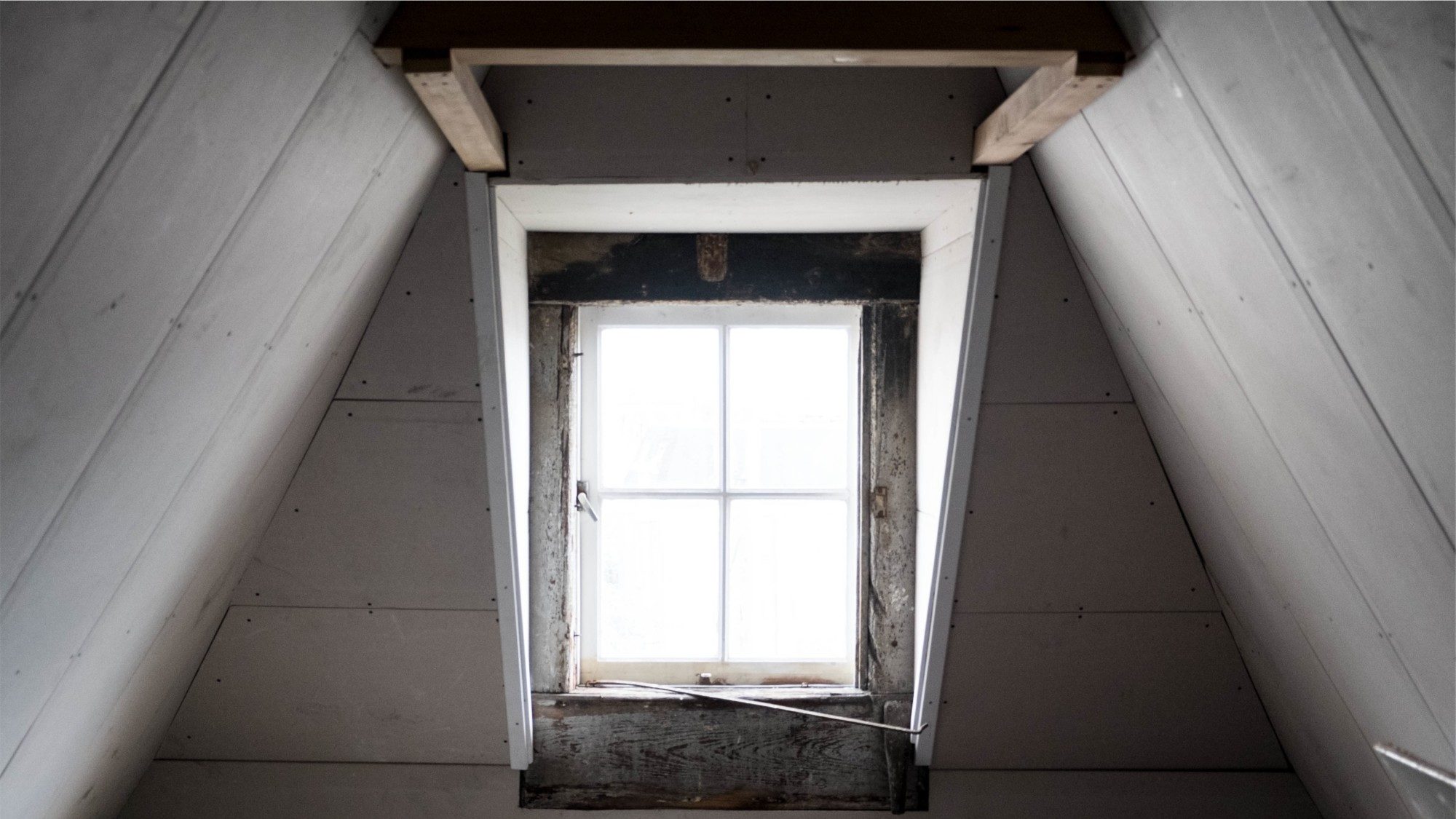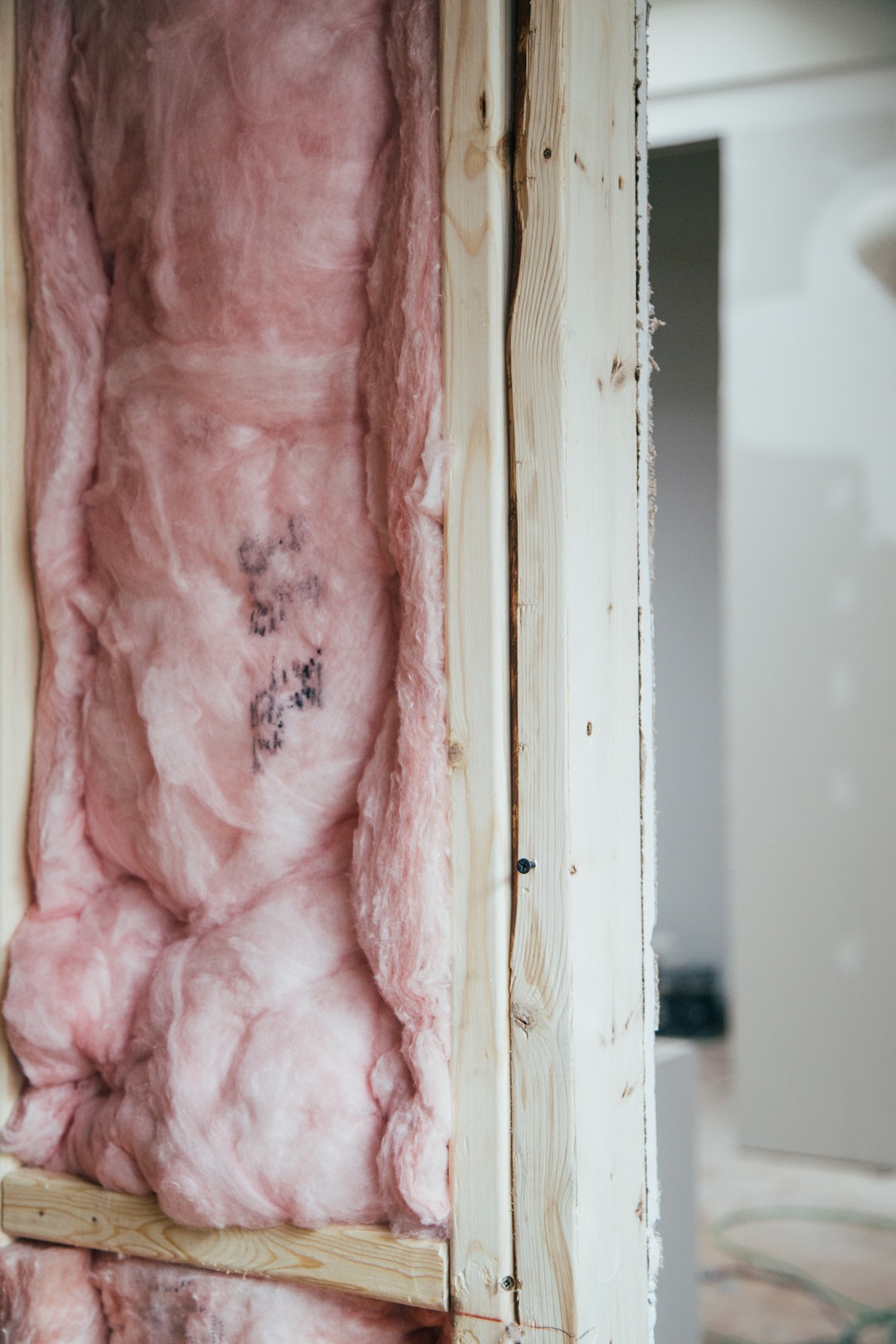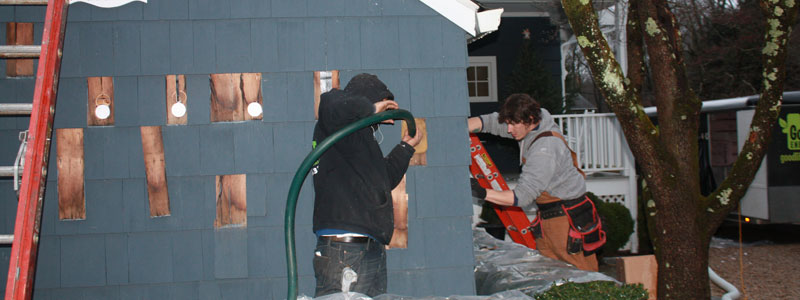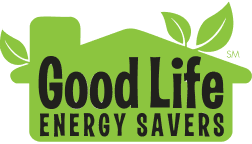Don't Wait To Insulate! Get A Free Estimate:

How to Pick the Best Attic Insulation for Your Home
July 8, 2019
According to the US Energy Information Association, in 2015, US households used 51% of their annual energy consumption on heating and air conditioning. And if you own an older house, you may be spending even more money.
Insulating your attic is one of the most cost-effective ways to save money on your energy bills. By properly sealing your homes and adding insulation, you can substantial amount on your energy bill.
There are different types of attic insulation available. It can sometimes feel overwhelming to try to find the best attic insulation.
We want to help make it easy for you. Keep reading to learn which attic insulation is best for your home.
Why You Should Invest in the Best Attic Insulation
You won’t just save money on your energy bills when you invest in new insulation for your attic. There are many other benefits such as:
- Helping the environment
- Noise reduction
- Improving air quality
- Feeling more comfortable during warmer/cooler months
Also, installing the best insulation for attics increases the value of your home. Now, let’s go over the three types of attic insulation you should consider using.
Fiberglass
Fiberglass is made from plastic reinforced by extremely fine glass fibers. It’s found in most older homes.
Fiberglass most commonly comes as either loose fill or as blankets (batts and rolls).
Pros
If your attic doesn’t have any major obstructions, it’s suitable for standard stud and joist spacing. It’s also relatively inexpensive compared to other types of attic insulation.
If you use batts, you can make it a DIY project.
Cons
Always wear gloves, long-sleeved shirts, pants, and goggles if you need to disturb the fiberglass insulation to avoid getting a rash or itchy irritations.
Fiberglass also still allows for airflow, meaning your energy bills may not lower as much as you’d like.
Fiberglass batts R Value (resistance to heat) degrade substantially over time, so if you have old fiberglass insulation that used to be a certain R value, it is definitely not performing to that level now and it is time to replace or add to it.
Cellulose
Cellulose insulation is made from recycled denim or newsprint.
It is environmentally friendly.
You can use cellulose as a loose – fill blow in or dense packed in walls and enclosed ceilings.
Pros
Thanks to the aluminum sulfate, boric acid or borax found in cellulose insulation, it provides resistance to fire, mold, and pests. If you choose blown-in cellulose insulation, it’s easier to get into tight and hard to reach areas offering you more complete coverage.
Cellulose is budget-friendly and environmentally friendly in that it doesn’t use any greenhouse gases as propellants and uses more recycled materials than any other type of insulation that’s currently available on the market.
Cons
It is a very dusty application and will require clean up.
You may also need to add more cellulose over time due to settling issues if blow in loose fill.
Cellulose doesn’t provide an air seal. It’s still possible that cold and hot air can move through your attic raiding your monthly energy bills.
Spray Foam
Spray foam insulation is mainly made from water-blown and organic chemical compounds derived from petroleum extracts. It forms an air barrier materials creating a seal against air movement.
Open cell can expand up to 100 times its original size which allows for complete coverage in your attic.
Pros
Spray foam is safe for the environment. It also doesn’t retain water and is class one fire rated for attics.
Closed cell acts as both an air barrier and water barrier.
Pests also can’t use spray foam as a food source, meaning you’re less likely to deal with unwanted infestations.
Cons
While spray foam insulation lasts a long time, it’s upfront costs are higher than its other two counterparts.
Batts, Blown and Sprayed
There are four forms in which you can get your insulation: batts, rolls, blown and sprayed. Let’s go over each type:
Batts
This insulation comes in large pieces – primarily fiberglass that are held together because they’re made from long, interweaving fibers with adhesive binders.
Cons
Batts won’t fill your attic space completely. You may find gas, compression, voids or incompletely filled areas. They also degrade over time.
Blown
Blown insulation comes in smaller chunks. It’s installed by using a large hose and blowing chunks of the insulation into the attic.
A large machine is used to churn the chunks while air blows them up through the hose.
You can get fiberglass and cellulose blown into your attic. Both insulate your attic about the same. Fiberglass is less dusty when applied.
Sprayed
You can opt between open cell and closed cell spray foam. Spray foam is a great option, especially if you need to move the building envelope, which is the boundary between conditioned and unconditioned space.
Open Cell
Open cell foam’s cells aren’t completely closed, instead, they are deliberately left open. This makes for a more flexible, softer material. It is also a good sound barrier.
Closed Cell
Closed cell foam cells are completely closed. By pressing the cells together, moisture and air are unable to get inside.
This makes the closed cell foam more stable and rigid than its open cell foam counterpart.
Get a Home Energy Assessment First
Before you make up your mind on the best way to insulate an attic, you should first know where you’re most vulnerable. One way to easily assess what your needs truly are is to invest in a home energy assessment.
It’s an investment that can help you go green, save on costs, and even increase the value of your home.
Work With Us
When you’re ready to invest in the best attic insulation, we can help. We have the best selection in attic insulation to ensure you get the most bang for your buck. Click here to contact us to get started on your home improvement project.
Recent News

The Benefits of Spray Foam Insulation for New Construction
June 4, 2025

Why Spring Is the Smartest Season for an Insulation Upgrade
May 2, 2025

Debunking Common Myths About Spray Foam Insulation
March 26, 2025

15 Benefits of Insulating an Attic
August 6, 2019

Up Your Home’s Efficiency: Why Attic Insulation is a Worthwhile Investments
June 1, 2019

When Is It Time To Replace Your Home Insulation?
May 3, 2019

